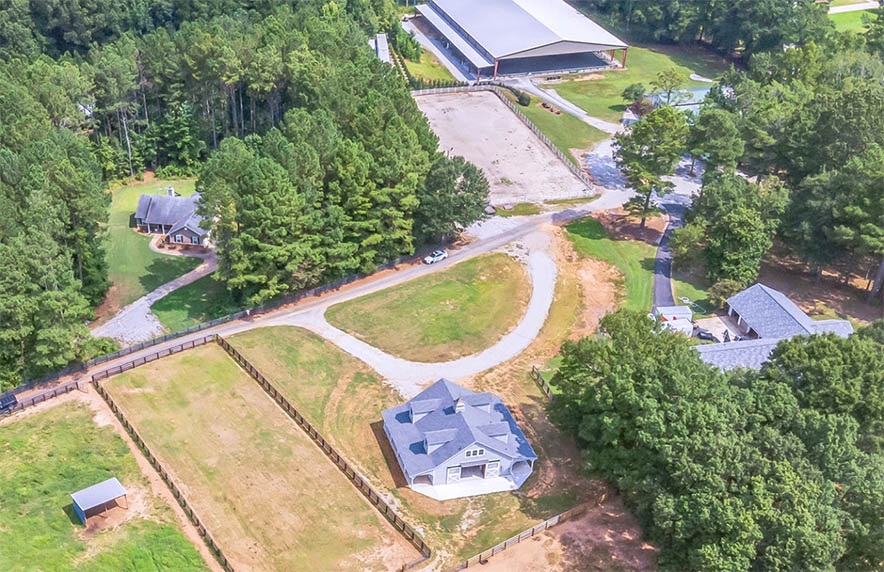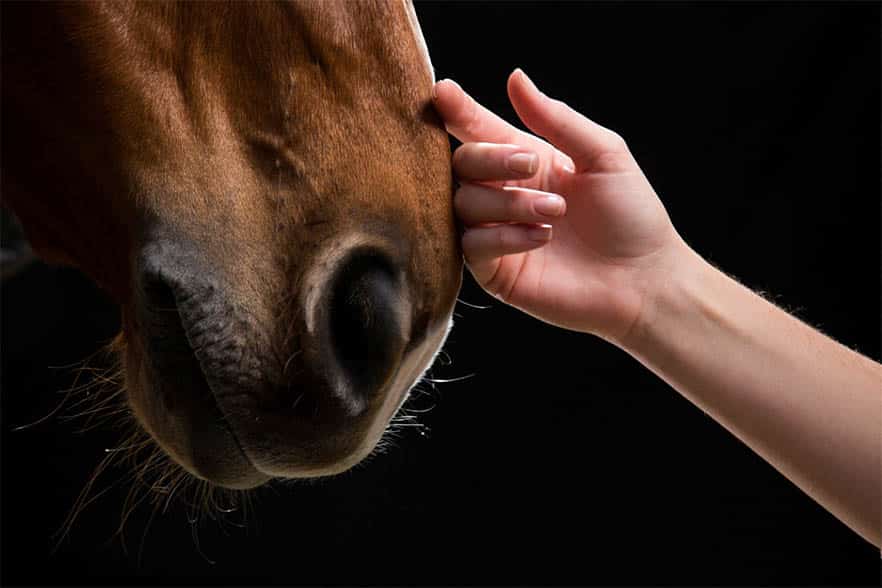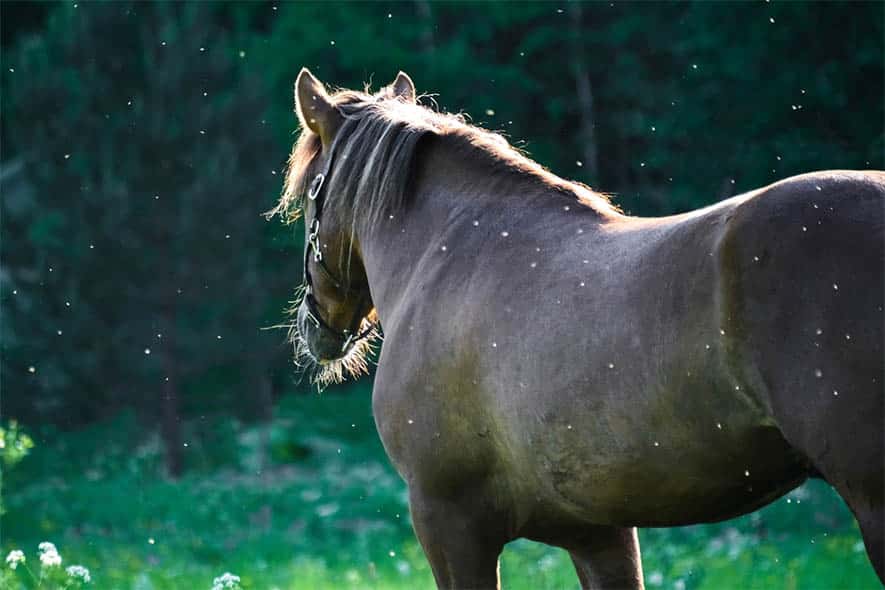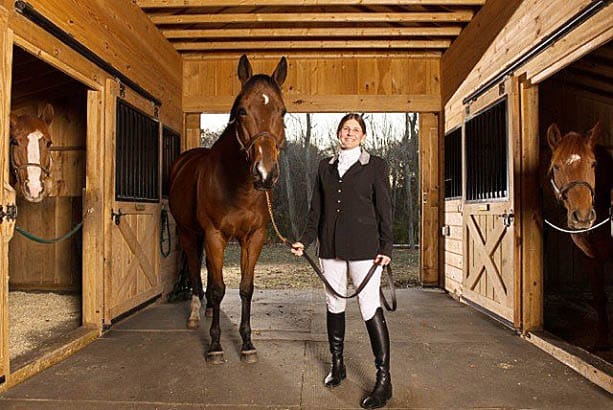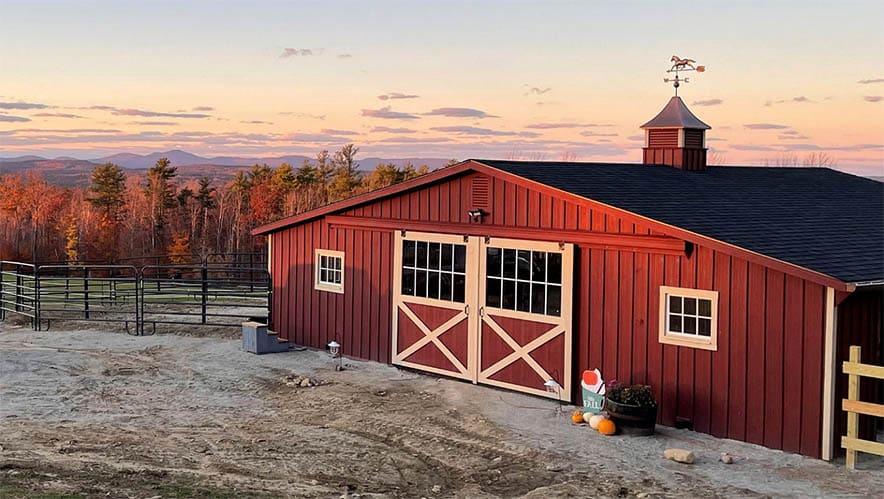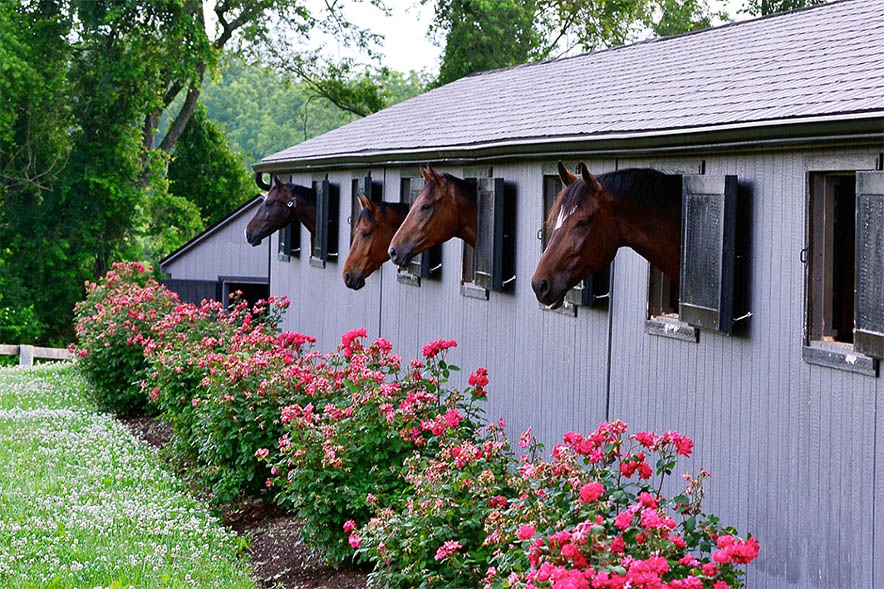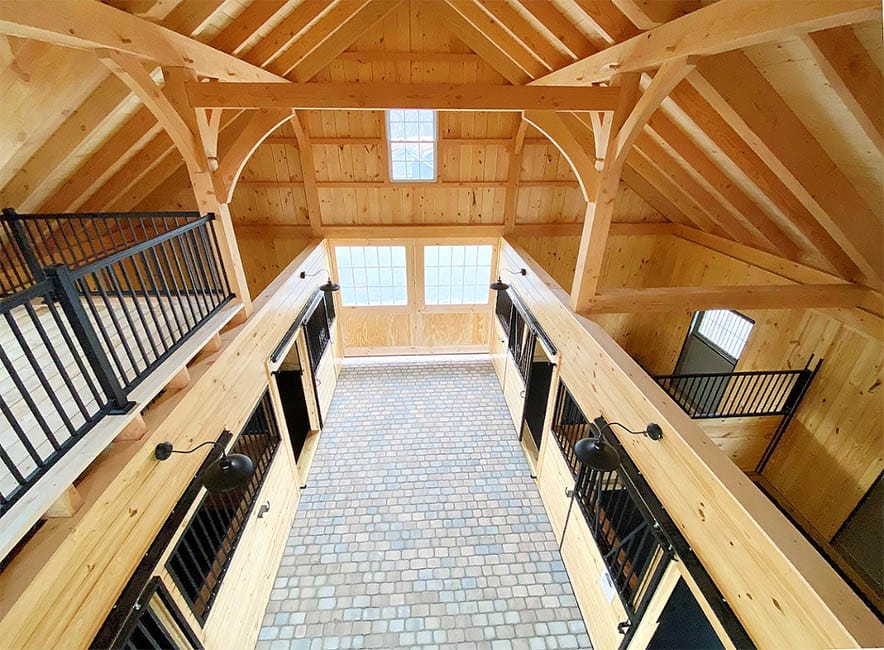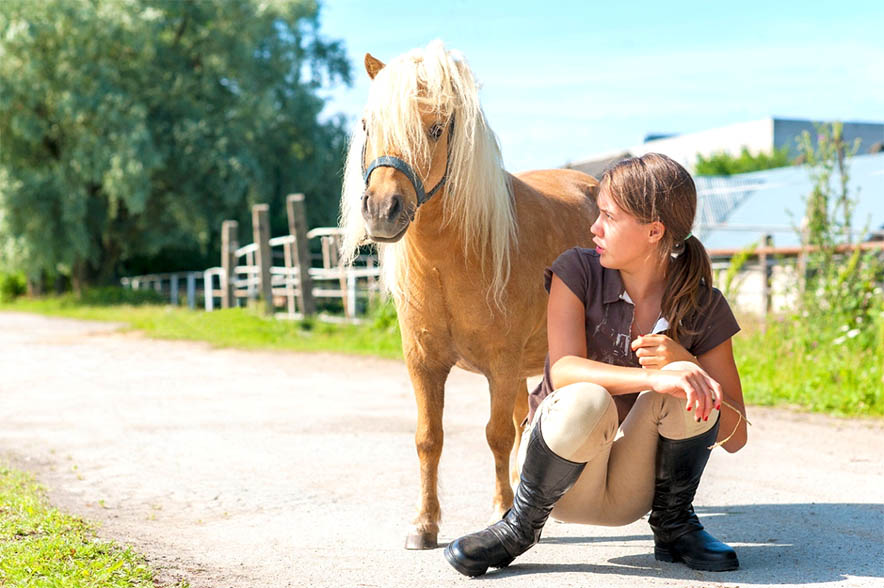The idea of building two barns instead of one to develop your horse business is double the fun and double the pleasure, especially when it comes to building farm income
Continue readingHow To Manage Horse Barn Needs After Catastrophe Strikes
Despite taking every type of precaution to save a structure from destruction, the forces of nature are sometimes too powerful for any building, no matter how well constructed, to withstand.
Continue readingWhy You Should Build to Withstand the Test of Time
When it comes to the vagaries of the weather anything can happen anytime. How well built the barn or structure and the nature of the materials, may make all the difference in whether the building is left standing.
Continue readingKeeping Bugs at Bay on Your Horse Farm
Aside from mosquito-borne disease concerns, the daily torrent of everything from tiny biting midges to giant pale horse flies that invade the horse farm can make life miserable for man and beast.
Continue readingBarn Design and Management Tips For Competition Horses
Performance horses that are out and about can bring home more than just ribbons. The ultimate success in a competition depends on making smart choices and establishing and following sensible protocols.
Continue readingThe Inspirational Tale of Angelina Natale
A Single Mom, Ponies In The Garage, CFO For Hire, Elite Equestrian Show Circuits, Battling Cancer and Children’s Equestrian Books’ Author – The Inspirational Tale of Angelina Natale
Continue readingJust One More Horse
When you are a passionate horse person, the temptation to buy another horse is always on the horizon. There are so many reasons to buy another horse.
Continue readingManaging Your Guests’ Four-Legged Furry Friends
In an ideal world all guest dogs and their human caregivers would exist in harmony with whatever critters are already housed in their established territory at your property
Continue readingThe Art and Heart in Timber Frame Horse Barns and Pavilions
There is no question that the high-end prestige timber frame structure offers a literal and figurative top-notch building that will endure the test of time.
Continue readingDifficult Horses. Difficult Boarders
There are many reasons that things take a wrong turn and life as a horse boarding barn manager becomes a nightmare. Horses that are left to themselves too much of the time will become bored and sometimes behave badly!
Continue reading

